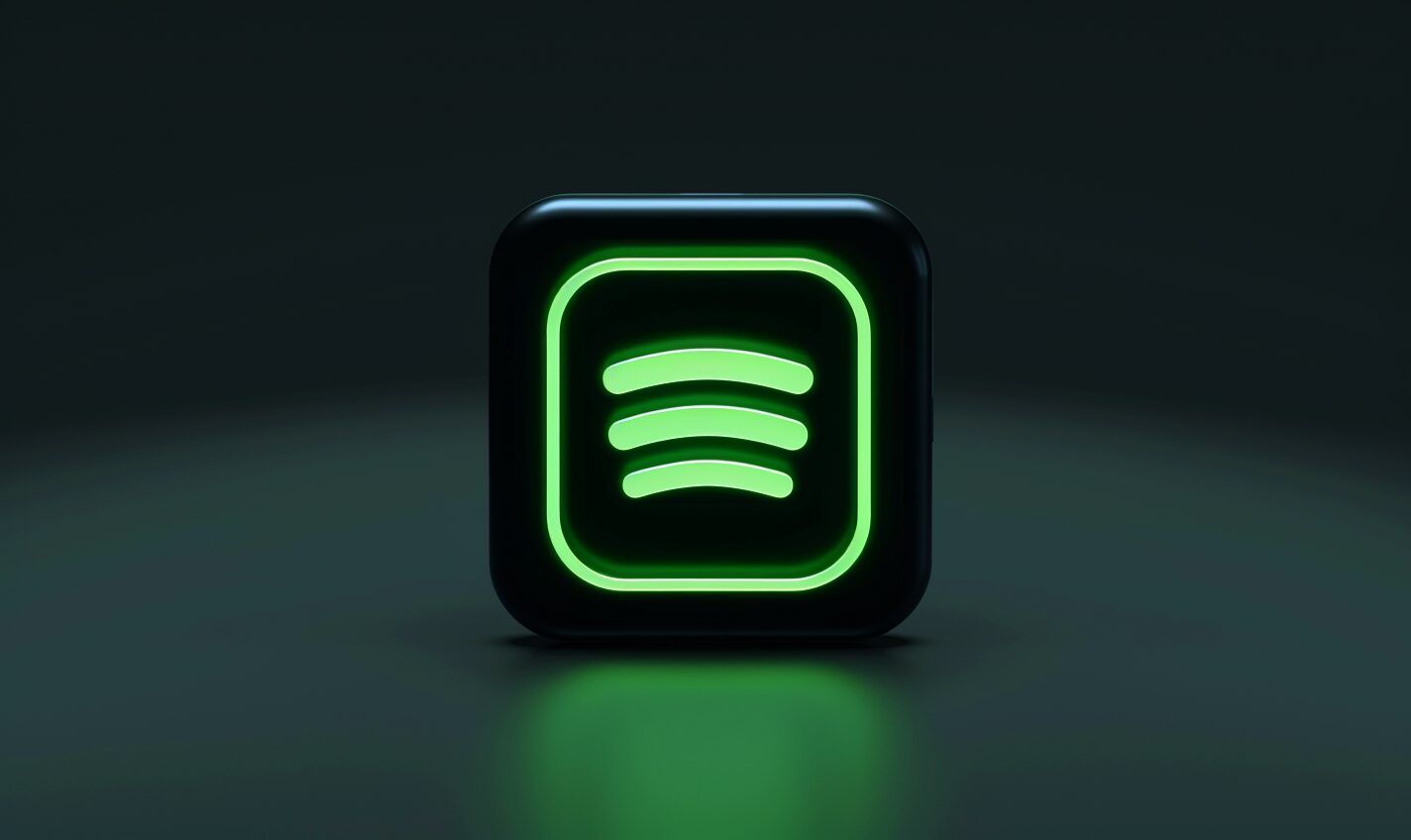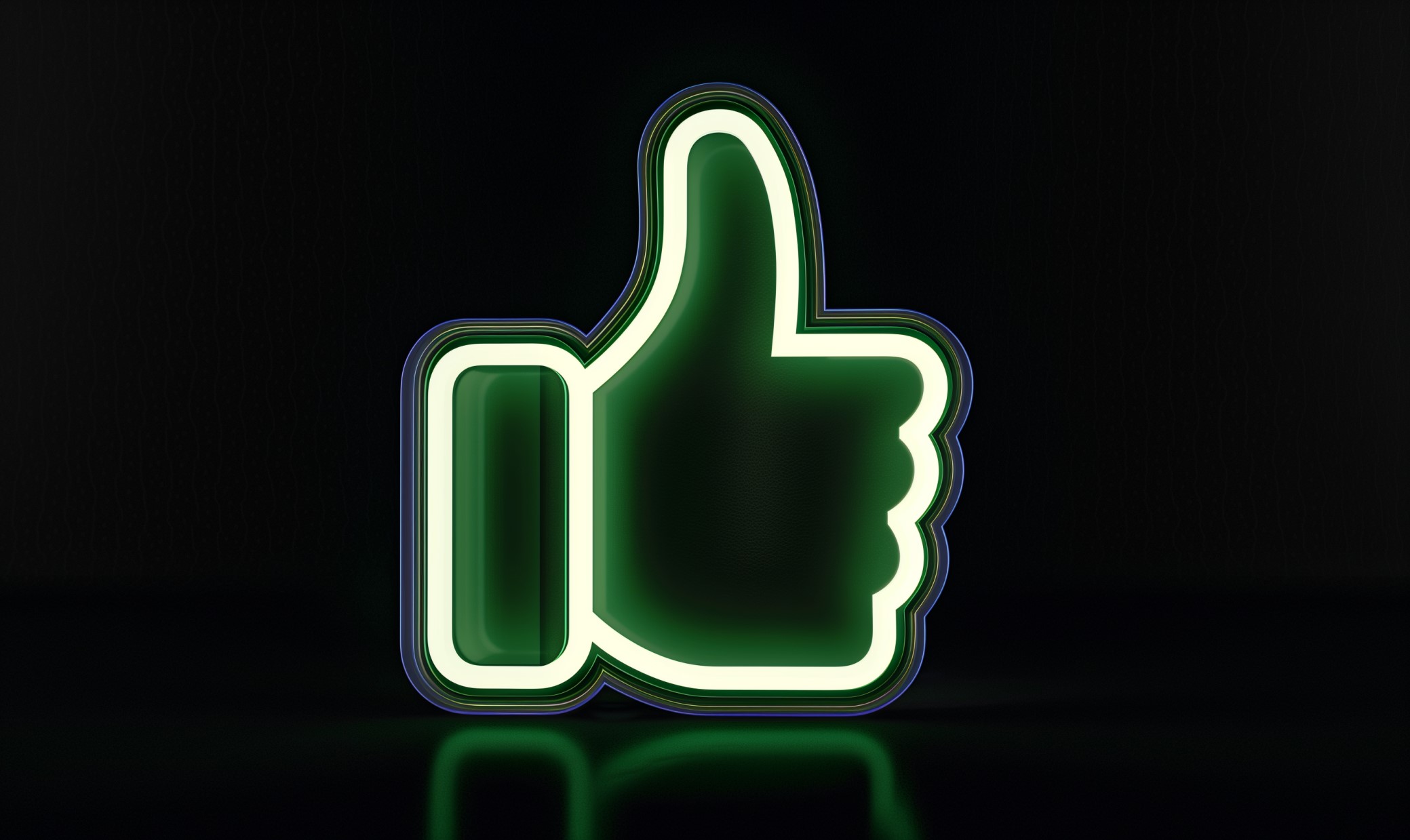The Microsoft Band was the tech giant’s answer to a growing market of wearables — including smartwatches — and it had a lot going for it.
pecifically, it was equipped with a bevy of sensors that allow users to monitor a whole lot more than the average fitness tracker. With it, you can track information like your average activity levels, UV and sun exposure, resting and active heart rates, current location via GPS and much more.
It comes as no surprise, then, that Microsoft’s newest model, the second generation Microsoft Band, includes even more support than the original.
Introducing the New Microsoft Band
For starters, the Microsoft Band 2 looks much better than the original thanks to a refined and more stylistic design. In addition, it’s been outfitted with a comfortable silicone band, which is much more flexible than the one on the original model — and it feels better, too!
It has a decent-sized 320×148 pixel AMOLED display that curves to match the contours of your wrist. The display is protected by Gorilla Glass 3, and the entire device is dust and water-resistant. Now, the latter feature doesn’t mean it is waterproof, so you don’t want to go swimming with it or take it in the shower. That said, it can withstand light rain, snow and even some splashes of water.
Finally, it takes about 1.5 hours to charge and will last for about 48 hours of regular use, but a bit less if the GPS is active.
You don’t have to worry about whether or not your smartphone will pair up with it either, because it works with iPhone, Windows Phone and Android all the same.
As for sensors, there are eleven total, ten of which were also in the original Microsoft Band:
- Barometer
- Optical heart rate sensor
- 3-axis accelerometer
- Gyrometer
- GPS
- Ambient light sensor
- Skin temperature sensor
- UV sensor
- Capacitive sensor
- Galvanic skin response
- Microphone
The barometer is the only one that’s new. If you’re not familiar with this type of sensor, it can be used to measure current elevation, which is good for activities like hiking, mountain climbing or even skiing.
The Microsoft Band 2 is $249.99, and you can get your hands on it starting October 30.
How Can the Microsoft Band 2 Boost Productivity?
With all the internal sensors and data-tracking support, the Microsoft Band obviously allows the wearer to be more efficient at monitoring their personal health. You see, it is designed to continuously track information throughout the day, instead of just during your workout.
Furthermore, the 48-hour battery life allows it to monitor information well into the night and the next day, too.
But those features are pretty common in most fitness trackers. You’d be hard-pressed to find one that didn’t include an array of sensors, although most likely not as many as the Microsoft Band has.
Where the real boost in productivity comes from are the extra personal assistant features, so that the Microsoft Band 2 can double as a smartwatch of sorts. If you own a Windows Phone, you can tap into the voice assistant platform called Cortana, which is Microsoft’s response to Apple’s Siri and Google Now.
You can receive notifications on your wrist for just about anything, including important emails and messages. So, no matter what you’re doing or where your smartphone is — provided one is paired up with your device — you can always stay in touch with the world at large. This is an absolutely fantastic way to stay in touch and informed when you go for a morning run or hit the gym during lunch time.
The notification support also includes calendar alerts for things like company meetings, interviews or personal tasks. Nothing says “productivity” like reminders and appointment alerts!
Not soon after release, Microsoft updated the original Band with support for Cortana and a virtual keyboard. What’s particularly interesting about the keyboard is that it was designed to send quick replies via your wrist.
That means it’s incredibly accurate even if the QWERTY letters are pretty small, and you can whip up a message in no time.
Of course, you wouldn’t want to type a lengthy email from the device, but it’s great in a pinch when you need to send a short response back. It makes use of Microsoft’s Word Flow technology, originally introduced in Windows Phone 7.5.
If all of this just sounds like a bunch of tech garble to you, that’s okay. Essentially, it means that once you slap the Microsoft Band onto your wrist, it not only monitors your health and fitness data, but also helps keep you much more productive throughout your day.
It can save you a lot of time by cutting down on menial tasks. What’s even better is that you can personalize that experience by taking advantage of some of the extra features like Cortana or the integrated Microsoft Health support.
There’s no denying the fact that the Microsoft Band is one of the more “productive” wearables out there.
Recent Stories
Follow Us On
Get the latest tech stories and news in seconds!
Sign up for our newsletter below to receive updates about technology trends















